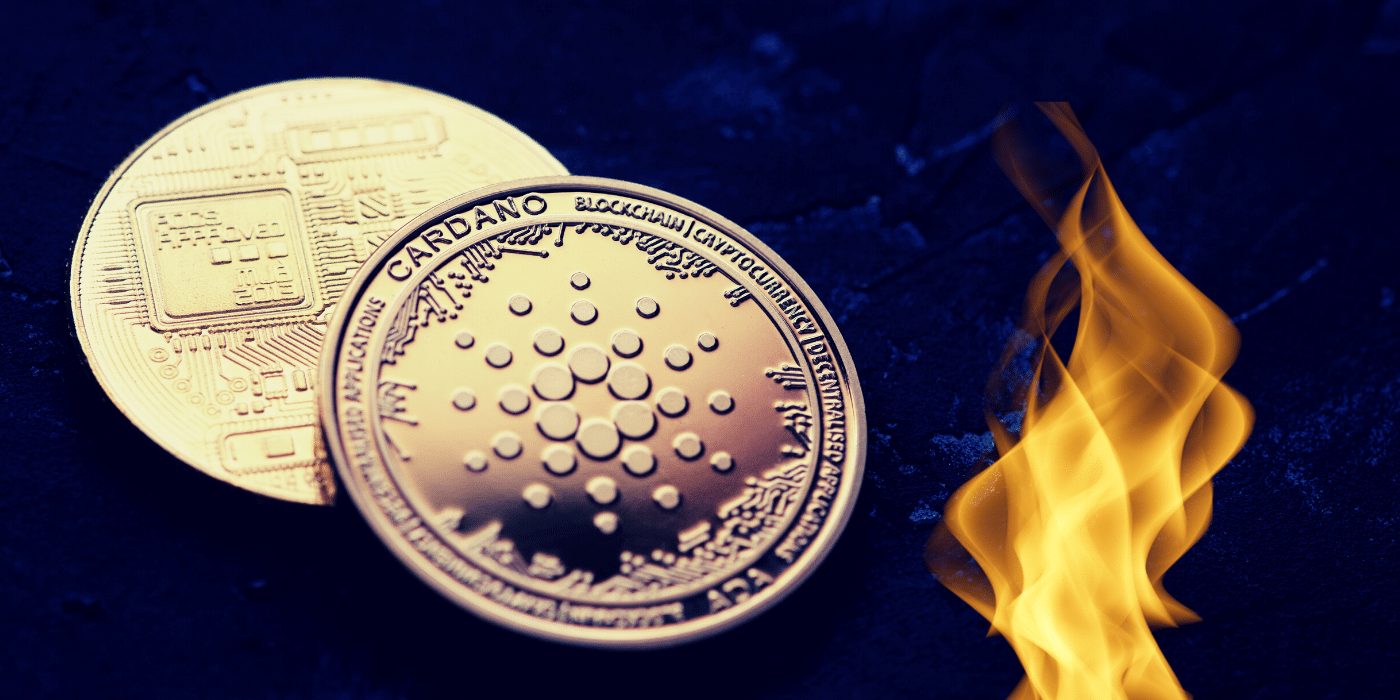On July 12, Adelaide-based move-to-earn platform STEPN announced a Q2 profit of US$122.5 million, which it says was generated through its platform fees.
In keeping with the economic plan outlined in the project’s whitepaper, STEPN plans to allocate 5 percent of this profit to its Q2 buyback-and-burn program. The Solana-based move-to-earn leader also revealed that a portion of the profit would be spent addressing security and cheating issues that have plagued the platform recently.
Details of Token Burn
According to STEPN, its buyback-and-burn program is designed to ensure its users are “best supported”. Generally, token burning is seen as a way to increase the scarcity of a token and therefore increase its price – STEPN uses this mechanism to increase its token’s value over time and make its platform more attractive to users.
Based on the 5 percent figure cited in the announcement, the Q2 buyback-and-burn program should see just over US$6 million worth of tokens burnt. STEPN explained that the program may “take a few weeks to complete in order to avoid causing sudden price volatility”.
Security, Integrity Top Spending Priorities
After a string of DDoS attacks targeting the platform in the first half of 2022, the STEPN team says it has decided to spend more resources increasing server capacity and enhancing the security of the platform.
We are committed to delivering the best possible service to our users and have been working to amplify the platform’s security and server capacity to prevent future DDoS attacks. With the profits realised during Q2, we will be able to double down in our commitment to this and devote more resources to our efforts.
STEPN team
While the platform has always had an anti-cheat system, the team said part of the Q2 profit would be used to enhance this system:
We have heavily invested in this mechanism since day one and we will continue to do so [to] ensure the fairness of the STEPN game landscape. We are set to improve upon our AI’s ability to detect anomalies, prevent accounts from using bots for mining, accounts faking movement to gain additional rewards, and more.
STEPN team
Other areas of the business that will receive spending boosts heading into Q3 include team expansion, partnerships, and marketing.
STEPN Leads Emerging Move-To-Earn Sector
STEPN is one of the leaders in the emerging sector of move-to-earn platform: crypto-based apps that allow users to earn rewards by exercising. The platform has seen significant growth since launching in December 2021. By April of 2022, STEPN had soared in value 217x.
Like most crypto projects, though, it has recently seen its value drop dramatically, partly due to factors affecting the whole market and partly due to a spate of DDoS attacks and cheating scandals that have rocked confidence in the project.
Currently, STEPN’s governance token GMT is changing hands at US$0.85, down around 78 percent from its all-time high of US$3.83, which it hit in April.


